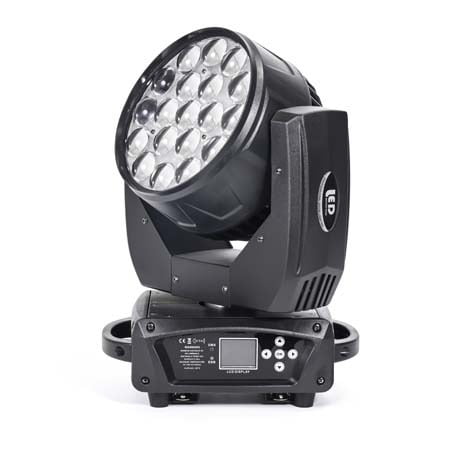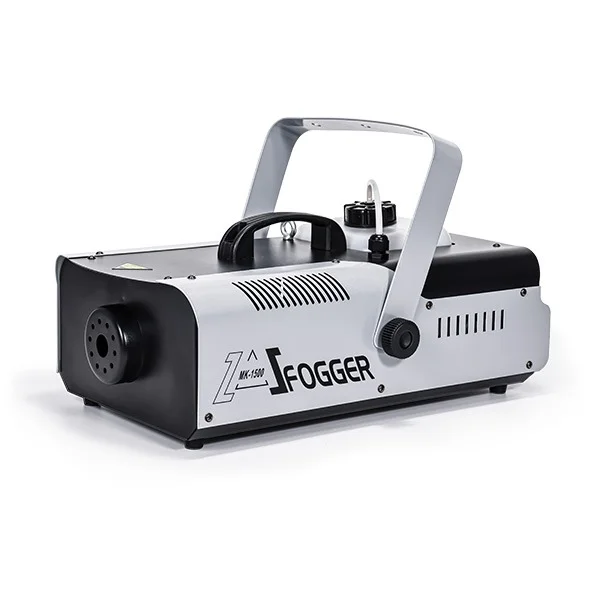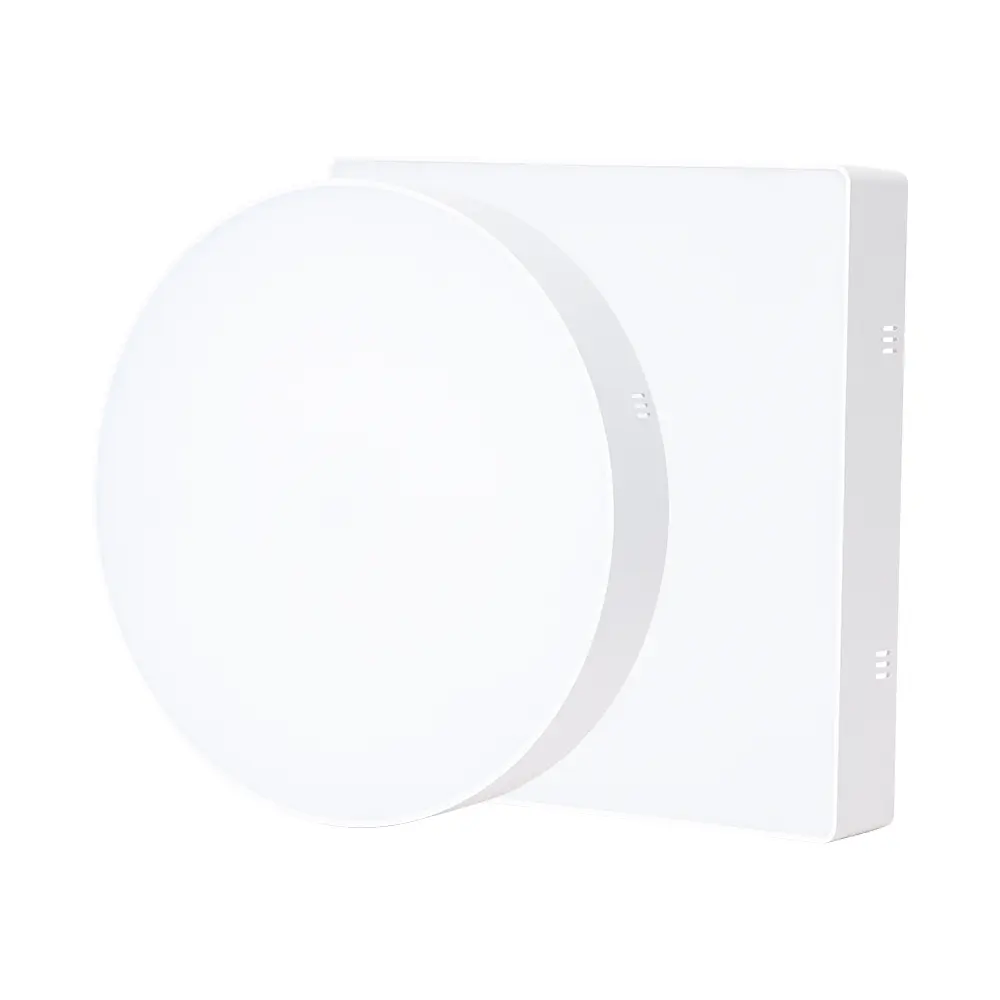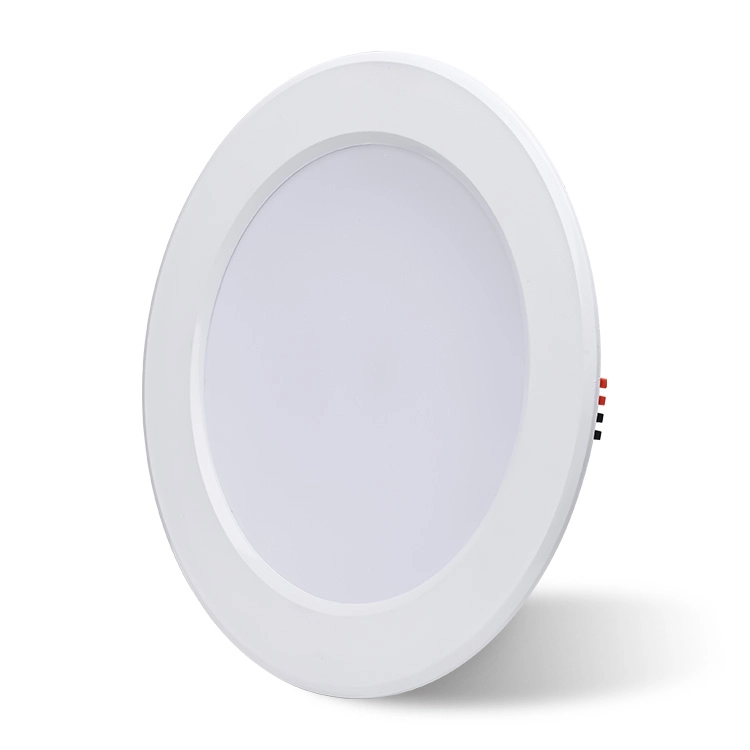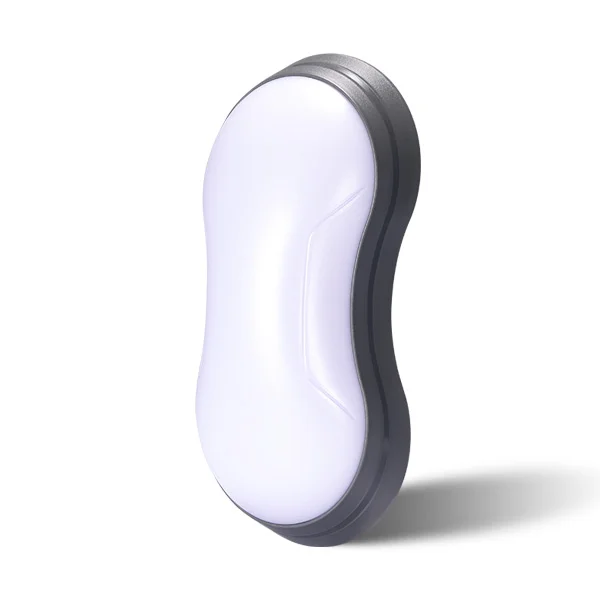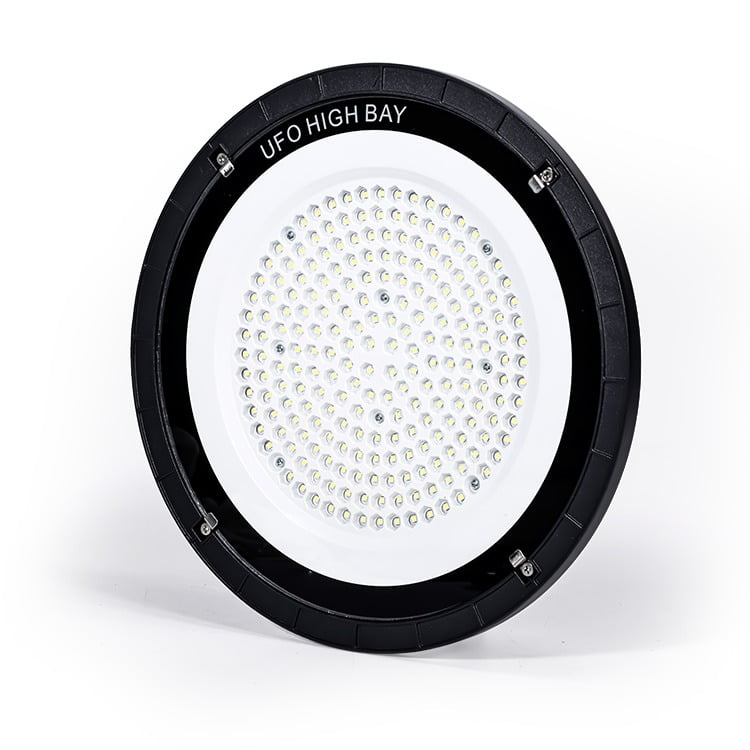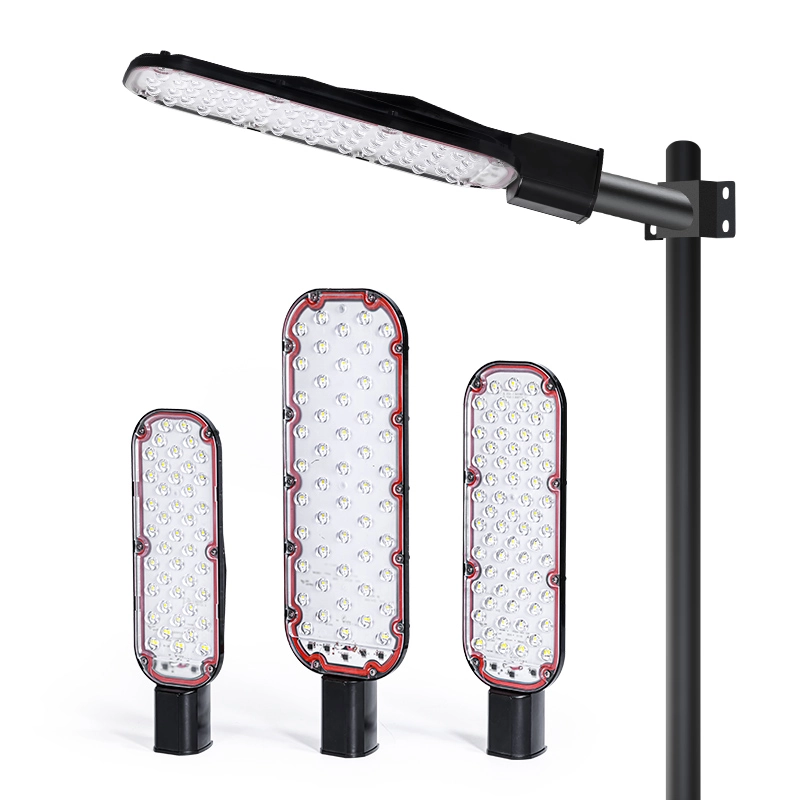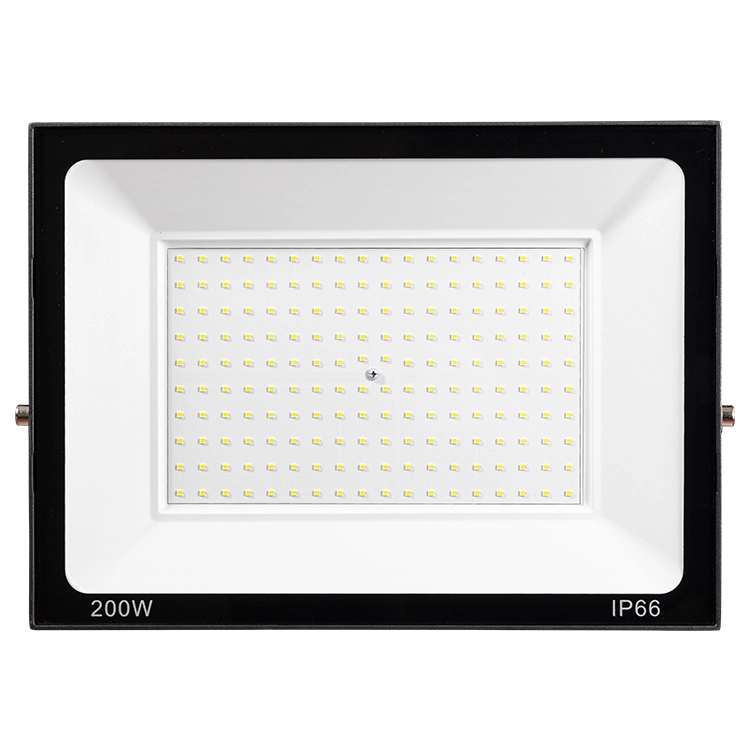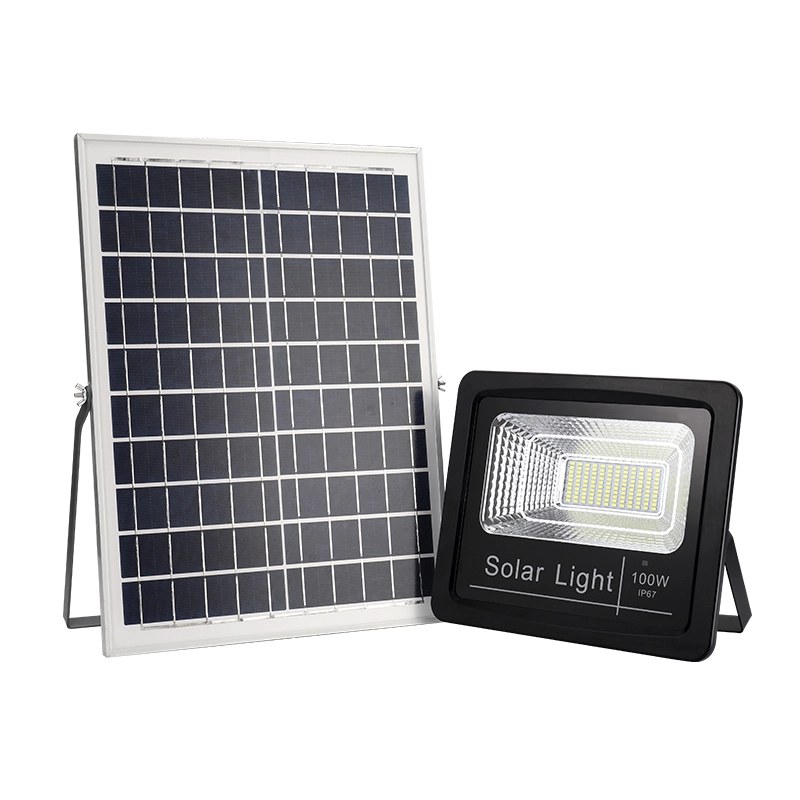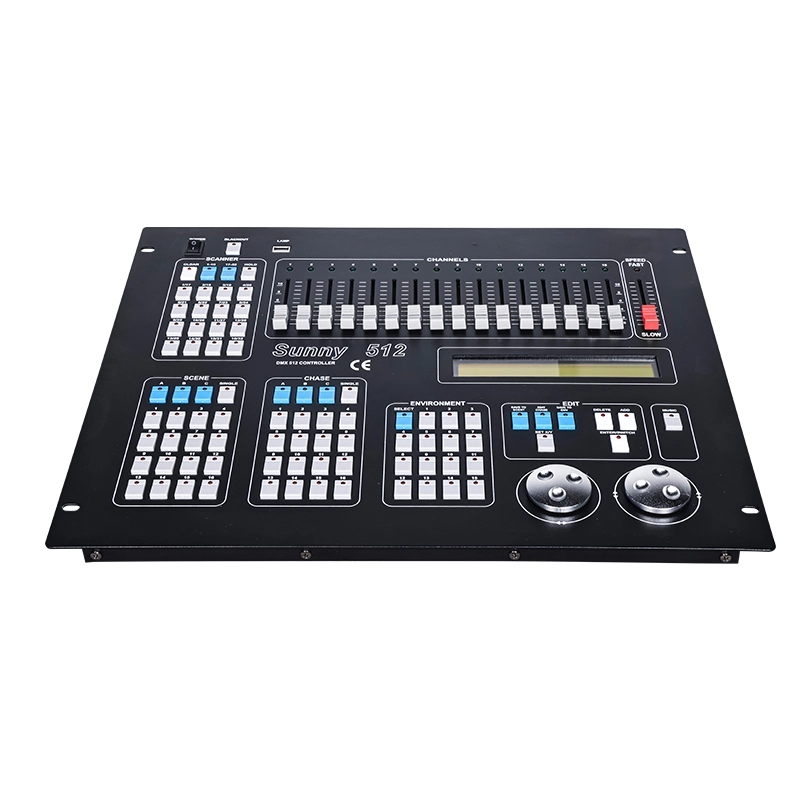Stage lighting is more than just spotlights and colors—it’s a structured system of tools that bring live performances to life. From traditional drama theatres to modern concert arenas, each type of lighting equipment plays a specific role. This guide walks through the essential names, classifications, and usage recommendations of stage lighting equipment.
Main Types of Stage Lighting Fixtures
Profile Spot Light
The profile spot light delivers a sharp, focused beam with shutters and gobo support. It’s widely used to highlight actors, project patterns, and create crisp edges on stage.
Fresnel Light
A Fresnel light provides a soft-edged wash with adjustable zoom, perfect for general area lighting and mood creation. Its versatility makes it a theatre staple.
PAR Can Light
The PAR can light produces an intense, fixed beam and is ideal for flooding stage areas with color. Commonly used for backlighting or set coloring.
Flood Light

Flood lights offer broad, even illumination, especially for backdrops or cyclorama walls. They aren’t for focusing but essential for visual balance.
Follow Spot Light
A follow spot light is a manually operated fixture designed to track performers in real-time, commonly used in concerts, theatre, and school events.
Moving Head Light
A moving head light can pan, tilt, and zoom, making it ideal for dynamic shows with complex lighting needs. Available in beam, wash, and spot variants.
LED Strip Light / Wall Washer

These provide linear or surface washes of color and are used for scenic design or architectural effects.
Control & Support Equipment
DMX Lighting Console
A DMX console controls multiple fixtures through a standardized digital protocol, enabling precise programming of cues and effects.
Dimmer Pack

Used with traditional halogen fixtures, the dimmer pack regulates voltage and allows smooth dimming curves.
Gobo Holder & Gobos

Gobos are metal or glass inserts used with profile spots to project textures, logos, or patterns.
Barn Doors

Mounted on Fresnel or PAR lights, barn doors help shape and limit the spread of light.
Lighting Truss

Trusses are structural frames where lighting fixtures are mounted, forming the skeleton of most stage lighting grids.
Safety Cable

An essential accessory, safety cables prevent fixtures from falling if primary mounts fail.
Lighting Fixture Categories by Function
| Function | Fixture Examples |
|---|---|
| Spotlighting | Profile Spot Light, Follow Spot Light |
| Wash Lighting | Fresnel Light, PAR Can Light, Moving Wash Light |
| Effects & Movement | Moving Head Light, Strobe, LED Strip Light |
| Background Wash | Flood Light, Wall Washer |
Fixture Naming Logic & Technical Classification
The names of stage lighting fixtures often reflect their:
Optical Design: e.g., Fresnel (named after its lens), Profile Spot (ellipsoidal lens)
Beam Shape: e.g., Spot, Wash, Beam
Construction: e.g., PAR (Parabolic Aluminized Reflector)
Functionality: e.g., Follow Spot (used to follow a moving performer)
Understanding naming logic helps professionals quickly grasp fixture characteristics and application.
Evolution of Stage Lighting Fixtures
Stage lighting has evolved through several eras:
Gas & Carbon Arc Lighting in early theatres
Halogen & Tungsten PARs in mid-20th century
Automated & Moving Heads revolutionized large shows
LED Era brought energy efficiency, low heat, and digital precision
Modern fixtures merge optical legacy with intelligent control, leading to hybrid products like LED profile spotlights.
Lighting Equipment Recommendations by Stage Type
Drama Theatre Stage

Recommended: Profile Spot, Fresnel, PAR Can
Why: Focused character lighting, ambient wash, backdrop color
Control: Multi-zone DMX, cue-based triggering
Concert / Festival Stage

Recommended: Moving Head Beam, Strobe, LED Strip
Why: Dynamic effects, music sync, strong color contrast
Control: Sound-to-light integration + programmable console
Church Stage

Recommended: LED Fresnel, PAR Can, Flood Light
Why: Clear speech visibility, warm ambiance, calm transitions
Control: Simple console with presets
School or Community Stage

Recommended: Fresnel, LED PAR, Follow Spot
Why: Multi-purpose use, cost-effective, easy operation
Control: Manual faders + cue buttons
Black Box Theatre

Recommended: Profile Spot, Portable PAR, Compact Fresnel
Why: Close-range flexibility, precision over spectacle
Control: Portable DMX + adaptable rigging
Case Study – Real Setup for Small-Scale Theatre
A 10x8m black box theatre may use:
| Fixture Type | Quantity | Use Case |
|---|---|---|
| Fresnel Light | 4 | Top wash and mood control |
| Profile Spot Light | 2 | Actor highlighting from FOH |
| PAR Can Light | 2 | Background color or accents |
| DMX Console | 1 | Manual + programmed cues |
This compact rig supports plays, readings, and small performances with flexibility.
FAQ
Q: What are the most common types of stage lights?
A: Profile spot lights, Fresnels, PAR cans, and moving heads are most widely used.
Q: Is a moving head light considered a spotlight?
A: It depends on the lens. A moving head spot or profile can replace a traditional spotlight; a moving wash cannot.
Q: Why are lights named “Fresnel” or “PAR”?
A: These refer to the optical lens types used—Fresnel lens and Parabolic Aluminized Reflector.
Q: Do all stage setups need a DMX console?
A: Not all. Small setups may use manual faders, but DMX enables cue control and multi-zone effects.
Conclusion
Understanding the names of stage lighting equipment isn’t just about terminology—it’s the foundation of effective visual storytelling. From a small school performance to a large concert, choosing and using the right fixture starts with knowing what it’s called—and what it’s for.
Need help choosing or configuring your stage lights? Contact our team for expert guidance.


